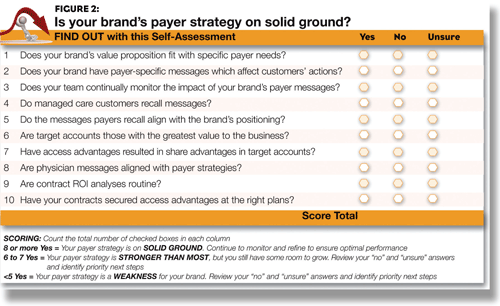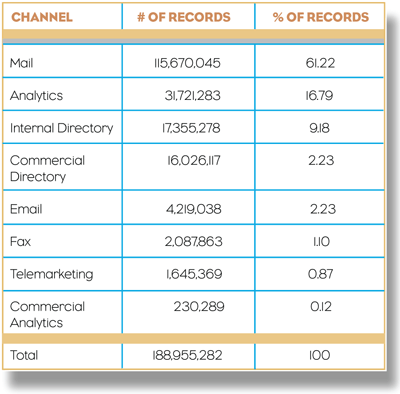No matter how strong the portfolio, every pharmaceutical company has at least one product that’s the straight-B student. Each quarter, the brand struggles to achieve the reimbursement levels necessary to meet its forecast revenues. Under such scenarios, it can be tempting for each part of the organization to point the blame at another team. For example, managed care sales might argue that contract terms aren’t competitive, while payer marketing may assert that account managers are focusing their energy on other brands.
The truth is, the factors driving a brand’s underperformance with payers are often more difficult to uncover. But these drivers can—and should—be identified as quickly as possible, so that the brand team has the best chance of turning around results.
Identifying the causes of a brand’s underperformance with payers is critical for brand teams because it helps them identify weak areas where they can adjust their strategies and improve performance.
Assessing how your brand measures up in these areas can actually be a fairly quick process. Within a matter of weeks, a brand team can have a clearer picture of the opportunities available to enhance its success in managed care.
We’ll consider the six elements of underperformance, one by one. Consider the key questions—the more often you answer “yes,” the better your product will perform.
POOR POSITIONING
How does a brand team get its product to “matter” to payers? The key is positioning. Ask yourself these questions:
Can your brand claim advantages on product attributes that are meaningful to payers?
Does your brand’s value proposition fit with specific payer needs, such as lowering medical costs?
Has your team invested in research to identify these potential advantages for the product?
INCOMPLETE ACCOUNT SEGMENTATION
It can be easy for brand teams to think they are targeting the “right” accounts, but they often fail to reach those with the greatest value to their business. Help target your outreach by asking:
Have you truly segmented accounts or simply chosen targets?
Does the segmentation both describe the customer behavior and explain the beliefs and attitudes that drive it?
Can marketers use the segmentation to assign specific promotional resources to accounts based on the likelihood of response?
Are your payer-focused marketing programs delivering expected returns?


INADEQUATE PULL-THROUGH
Access advantages should result in share advantages, but often, they don’t. When that happens, the problem is pull-through. Try these self-assessment criteria:
Do access advantages result in share advantages in target accounts?
Are physician messages aligned with payer strategies?
Does the field understand the pull-through positioning and how to effectively deliver it to physicians?
MISGUIDED MESSAGING
A brand team must continually monitor the impact of its messages to payers. Ask yourself:
Does your brand have payer-specific messages that affect customers’ actions?
Have you avoided messages developed for physicians to convey product advantages to the payer market?
INEFFECTIVE MESSAGE DELIVERY
If your payer customers can’t recall your messages, you can’t expect high performance. Help assure that your messages are effective:
Do the messages that payers recall align with the brand’s positioning?
Does your team continually monitor managed-care customers’ awareness of key messages?
UNSUCCESSFUL CONTRACTING
More than ever, contracting is crucial to a brand’s performance. Keep on top of your contracting success:
What is the contract ROI for specific payers?
Is it worth the investment to establish a contract with the payer for preferred status or formulary positioning?
Have your contracts secured access advantages at the right plans?
GRADE YOURSELF
Finally, gauge your payer strategy’s overall strength with a self-assessment exam (Figure 2). A score of 80% or better puts you on solid ground. A score of 60%-70% means your program is stronger than most, but still has some room to improve. Review your “no” and “unsure” responses and think about how to revise your program to get to “yes.” And a score of 50% or less indicates a weak payer strategy. Again, review your “no” and “unsure” responses and revise your approach.





